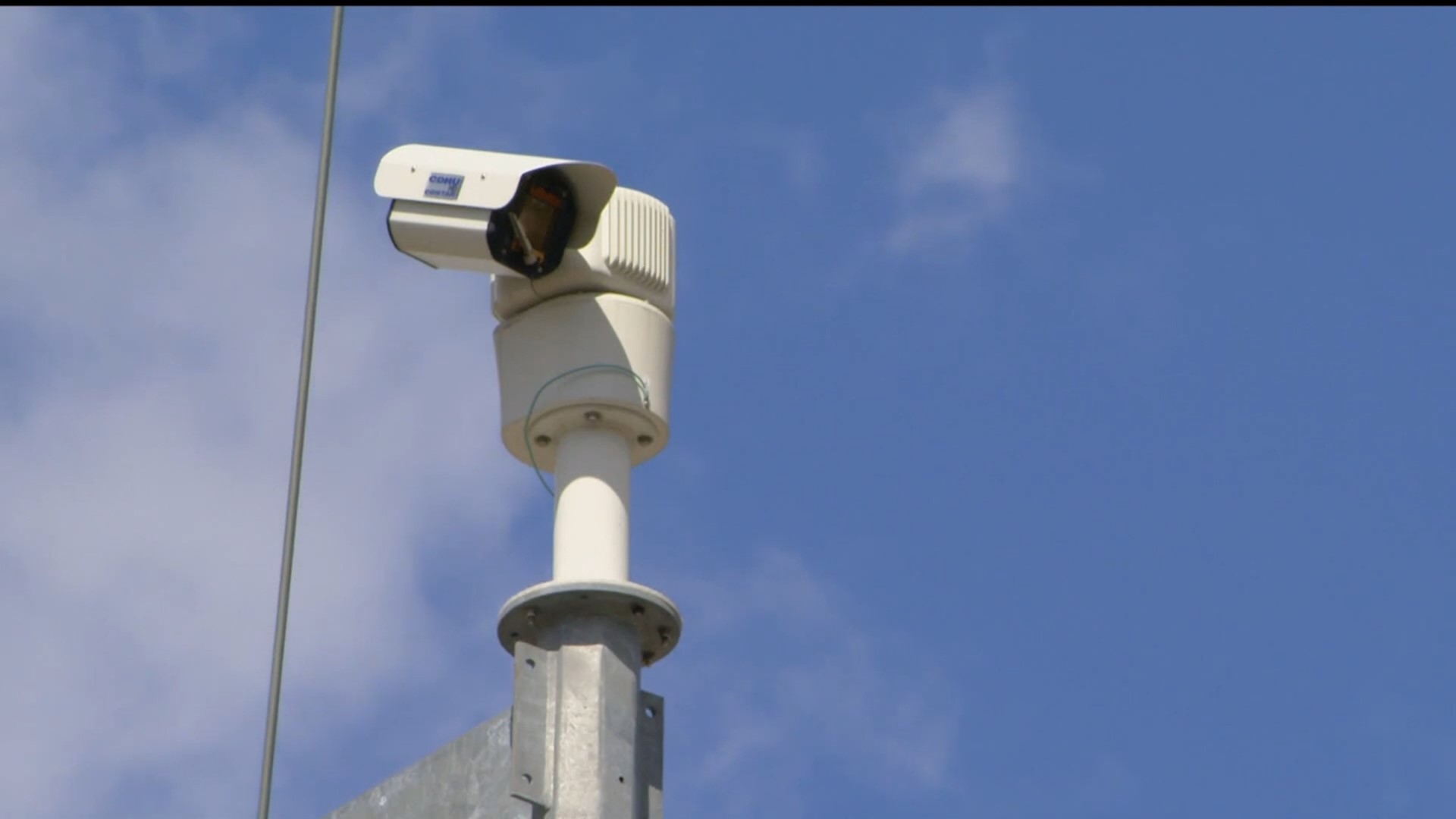MINNEAPOLIS — When the Minnesota Legislature tasked the Minnesota Department of Transportation and the Minnesota Department of Public Safety with studying ways to combat speeding and other safety concerns in work zones last session, the state agencies came up with more than a dozen ideas.
Perhaps the most promising idea would also be the most difficult to implement.
Automated speed enforcement cameras (also known as photo enforcement) have proven to be effective in other states, but would require a new state law and at least a year of extra planning.
DFL Representative Connie Bernardy says the extra effort is worth exploring, especially right now.
"We had over 500 deaths on our roadways last year," Rep. Bernardy said. "It's very, very dangerous to be working in a work zone. It's their office and we need to slow people down and make sure that they return to their families at night."
Bernardy is the driving force behind a new amendment added to the current omnibus House transportation bill, which would ask MNDOT and DPS to explore how to implement and enforce a speed camera pilot project.
"It would happen in two work zones somewhere in Minnesota," Bernardy said. "Then we'll see how it works and if we're able to save lives and prevent people from getting injured in these very, very dangerous work conditions."
But implementing even a pilot project would be complicated. Though speed enforcement cameras are allowed in at least 19 states, in 2007 the Minnesota Supreme Court ruled that similar red light cameras are unconstitutional here. That's why Representative Bernardy is asking the state agencies to take the next year to come up with a detailed plan, which the legislature could then consider in 2023.
"According to a study that I've seen, the public is very supportive of using these tools in work zone safety zones, and it is very, very limited," Bernardy said. "I don't think anyone would argue that we want to make sure that mothers and fathers return home to their families at night, and sons and daughters too, and this is a really important measure to keep people safe."
That's one reason why, at least for now, the amendment has bi-partisan support. Republican representative John Petersburg, co-authored the amendment and spoke in favor of it at a recent committee meeting.
"We are all concerned about safety and we know that this past couple years speed has been a factor in regards to fatalities and other poor behaviors," he said. "And so I think it's important for us to not just drop the ball or stop the process."
Kent Erdahl: "Why give it a year before considering a plan, if this problem is really dire right now?"
Rep. Bernardy: "We need to have a good plan that will help implement this program and having leadership in the MN Department of Public Safety and the MN Department of Transportation take the lead and make the recommendations is a really important step in the legislature, determining how they're going to move forward with a very narrow pilot on work zone safety."
Though most states rely on radar and time-stamped photos to send citations to the owners of vehicles, the Minnesota Supreme Court's 2007 opinion cited that approach as a problem because it presumes that owners are guilty, and puts the burden on them to prove they weren't driving.

